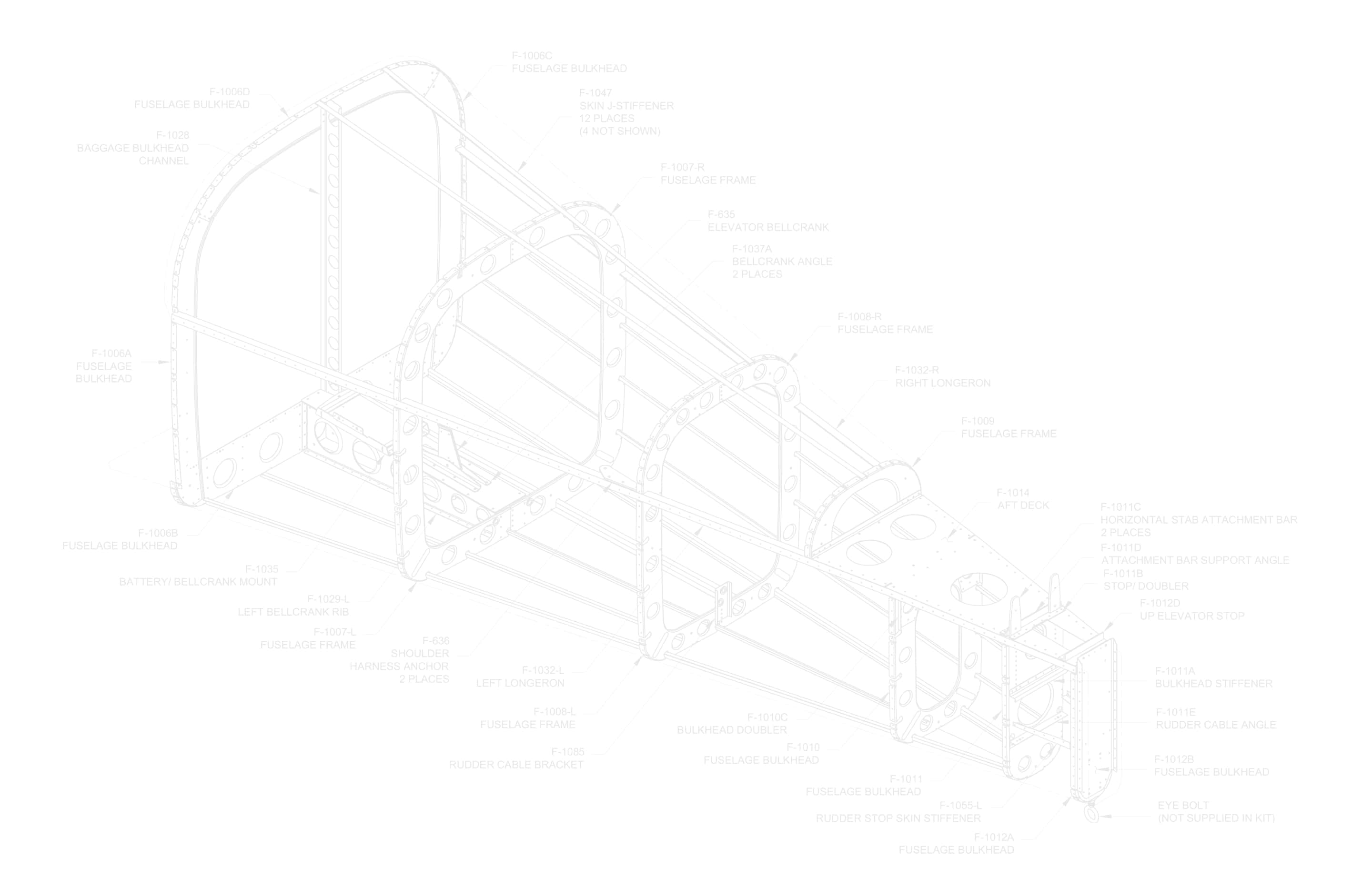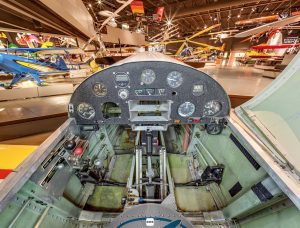- Smooth and Fast
- The narrow design and small size mean aerodynamic efficiency. With top speeds well over 200 miles per hour, you will get there - smooth and fast.
- Short Field Ops
- Grass strips and short runways? Sure. It's not too uncommon for a Super Cub pilot to look over and see an RV-4 landing. Many other airplanes can't do that, but RV's can.
- Aerobatics
- The RV-4 has been flown in aerobatic competitions for years. It makes a great platform for weekend aerobatics, too. But please, get proper instruction!
- RV-4
 Two-place. Tandem. With the "little wheel" on the tail end. High-performance and well-balanced, the RV-4 is a fun machine.
Two-place. Tandem. With the "little wheel" on the tail end. High-performance and well-balanced, the RV-4 is a fun machine.




